The wreck of the schooner Trinidad, located at a depth of 82m in Lake Michigan, has been described as a significant discovery – and one of the best-preserved shipwrecks to be found in Wisconsin waters, even by the high standards of Great Lakes discoveries.
The 43m-long vessel’s deck-house containing the crew’s possessions and other artefacts such as dishes remains intact in the cold, fresh water 142 years after the sinking, along with the items such as the wheel, bell and anchors.
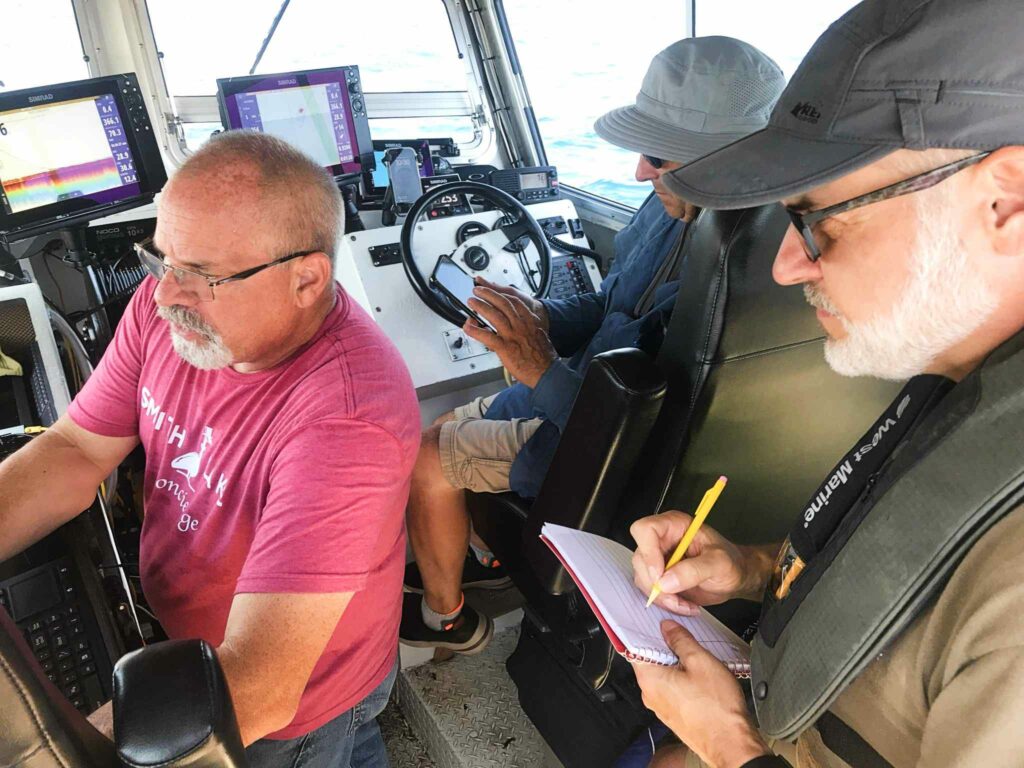
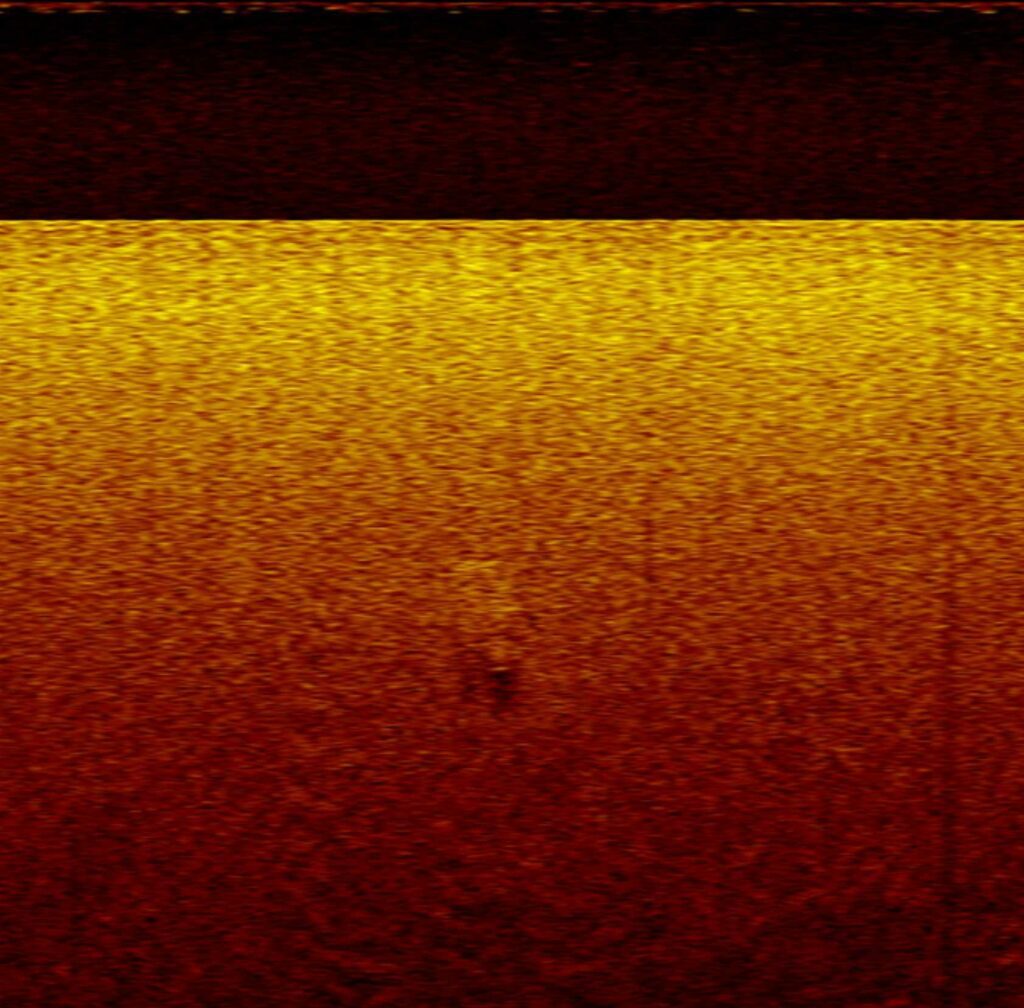
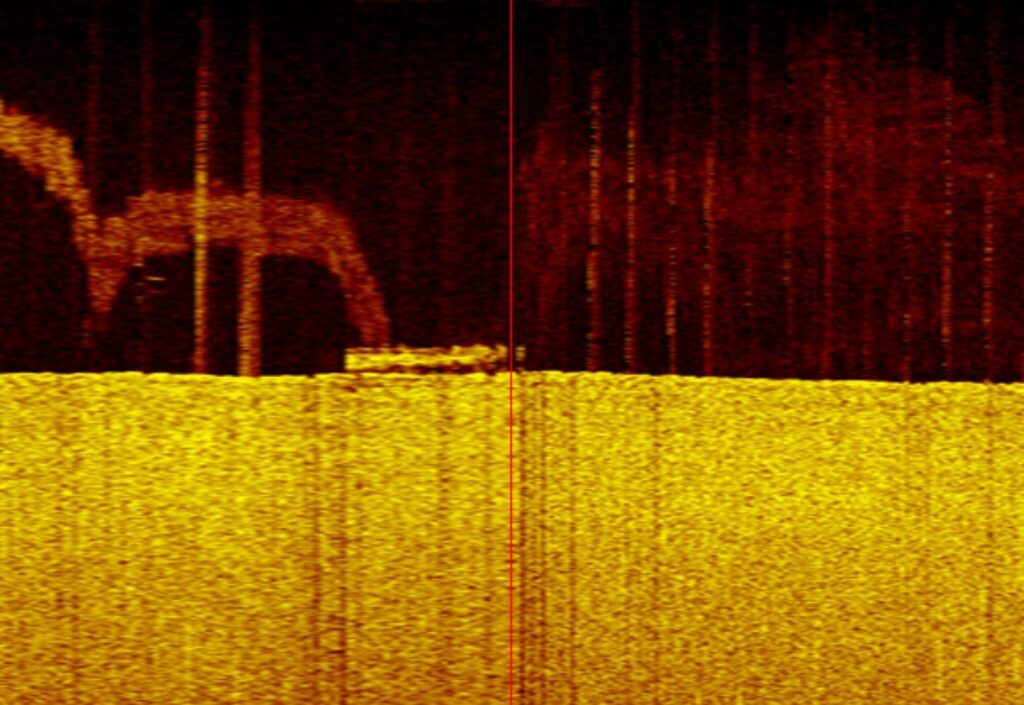
The wreck was found using side-scan sonar following two years of archival research by shipwreck-hunters Brendon Baillod and Bob Jaeck, volunteers working with the Wisconsin Historical Society (WHS) Maritime Archaeology Programme. Wisconsin state underwater archaeologist Tamara Thomsen then arranged for an ROV survey and photogrammetry to be carried out by technical diver Zach Whitrock.
Whitrock took 3,600 high-resolution images during technical dives totalling 3hr 20min, and these have now been processed to create a 3D model of the wreck.
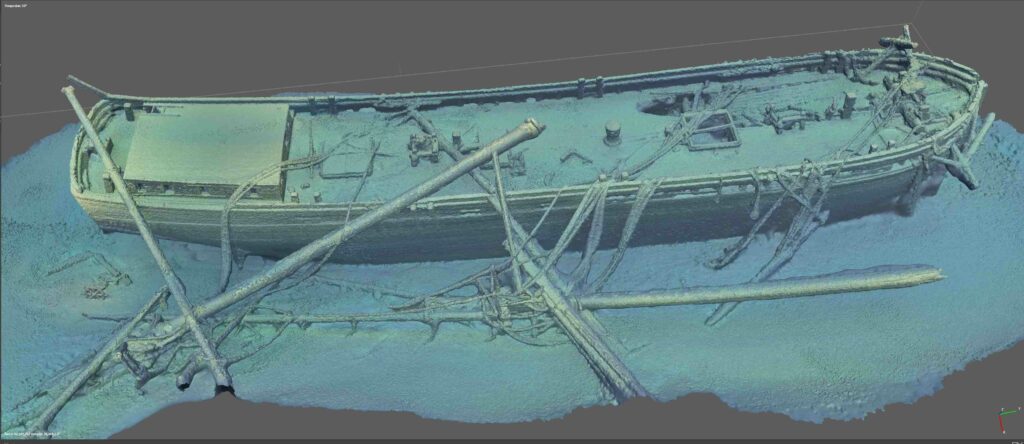

The Trinidad was in fact found almost exactly where its captain had reported the loss in 1881. The canal schooner had been built in 1867 at the William Keefe “wilderness shipyard” in New York state for merchants John Keller and Aaron B Merriam.
It would have carried coal or iron from New York to the Great Lakes, coming back laden with Wisconsin wheat on voyages taking in Milwaukee, Chicago, Buffalo and Oswego in New York.
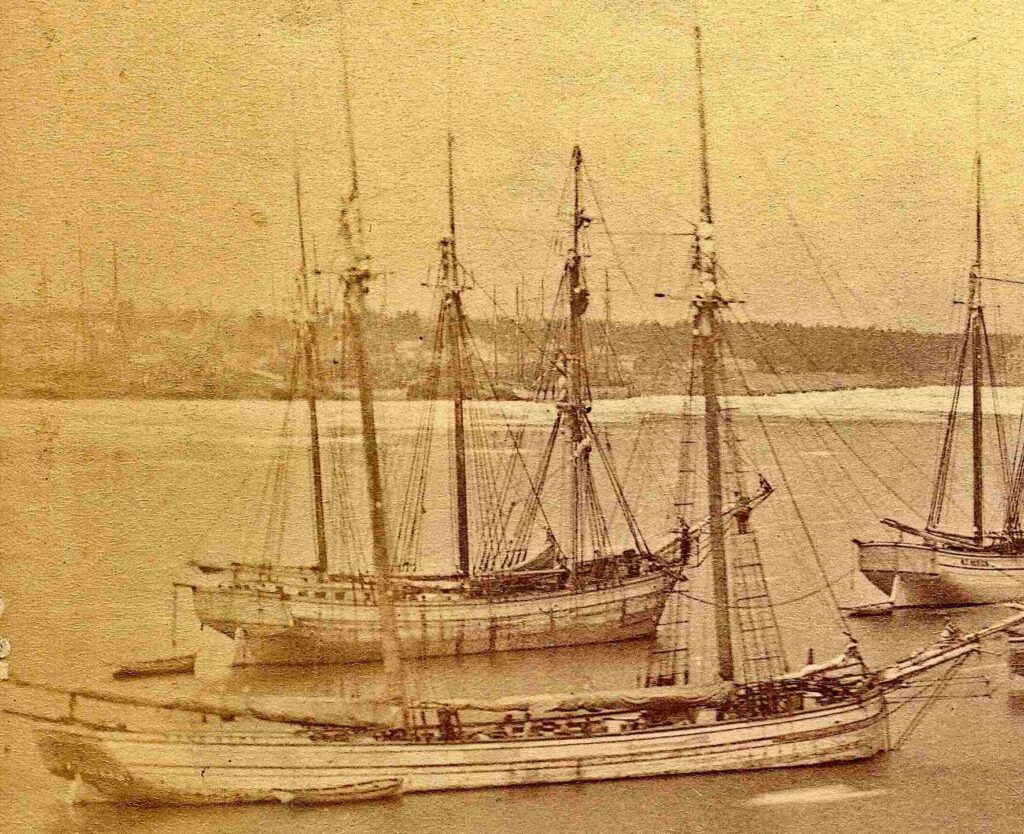
The schooner was purpose-built to be able to pass through the Welland Canal, which connected Lakes Erie and Ontario. This meant that components such as the lifeboat davit were made to fold in to make the vessel narrower. Also, unusually for the time, the masts carried wire rather than rope rigging.
The operator underfunded operation of the Trinidad, however and, without regular recaulking and replacement of decayed or rotten timbers and rigging, the hull was allowed to become leaky, according to the WHS. The captain had nearly been killed by a block that fell from the decaying rigging.
Although most such vessels would have been expected to lasted twice as long if properly maintained, after the Trinidad’s hundreds of voyages it was said to be “little more than a floating coffin” by the time of its final sail.

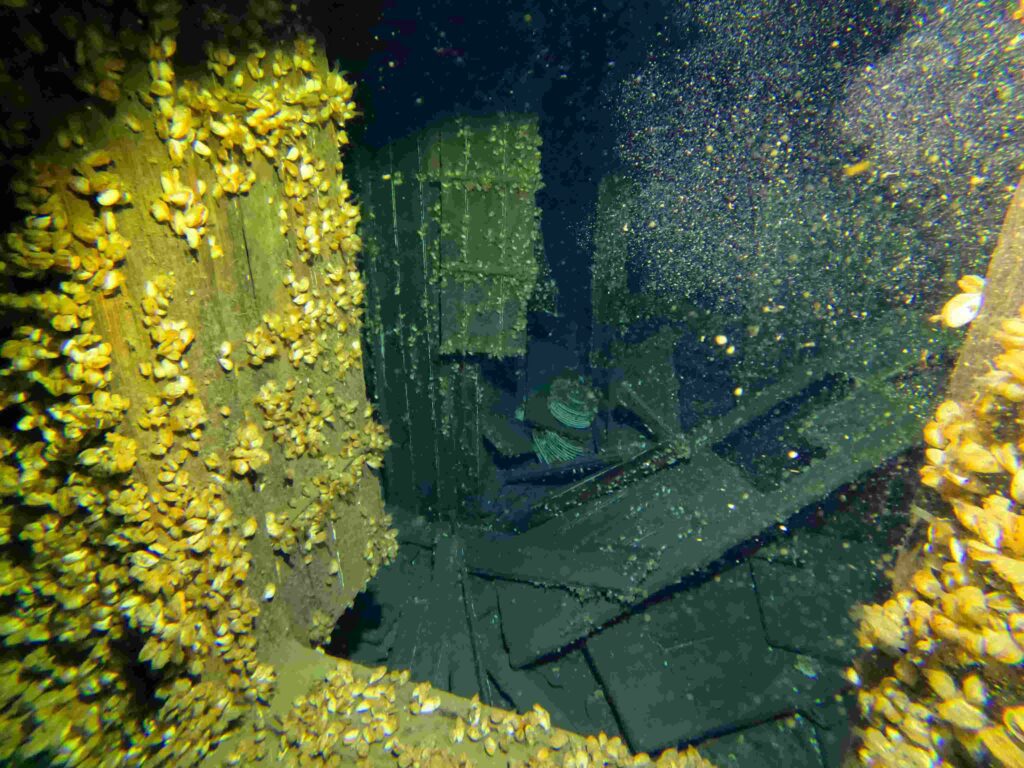
On 11 May 11, 1881 the Trinidad was travelling along the Wisconsin coast towards Milwaukee with a load of coal when it began – as it frequently did – to take on water. It continued on its course before suddenly lurching forward and beginning to sink.
Captain John Higgins and his eight crew all managed to abandon ship and take to the yawl-boat, though the Trinidad’s mascot, a Newfoundland dog that had been asleep beside the stove, went down with the ship.
The survivors rowed for eight hours in rough conditions and made it to the town of Ahnapee, now Algoma, about 10 miles from the wreck-site.
It is hoped that once fully documented the wreck will be included on the USA’s National Register of Historic Places, says the WHS. Its precise location will then be made public so that technical divers can visit “without impacting the fragile wooden hull or the historical artefacts”.
Also on Divernet: Diver Tamara’s double discoveries honour Native Americans, State archaeologist dies on warm-up dive, Satellite tug discovered at 90m in Lake Superior, Tech-divers' dream: 150-year-old masts-up schooner

